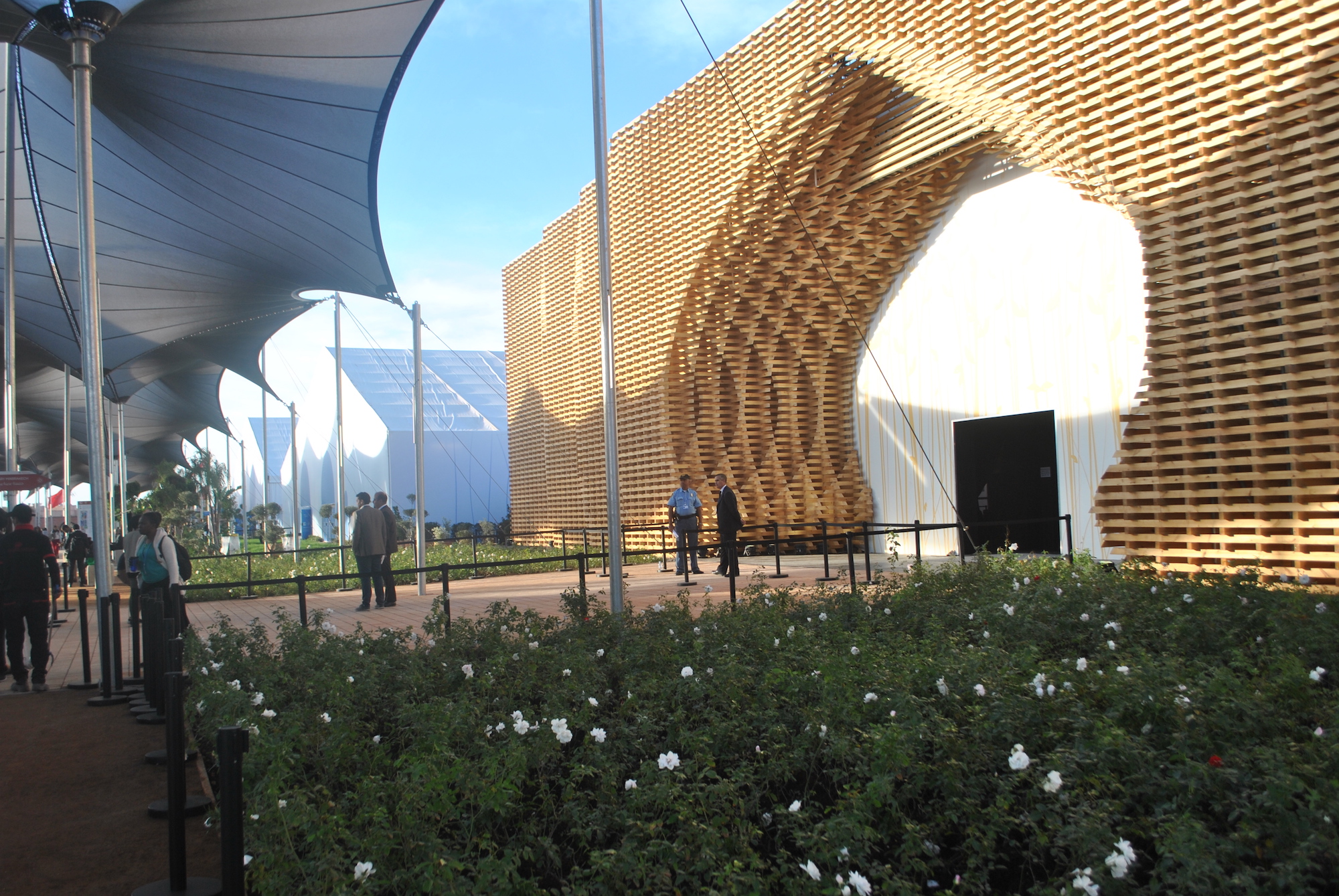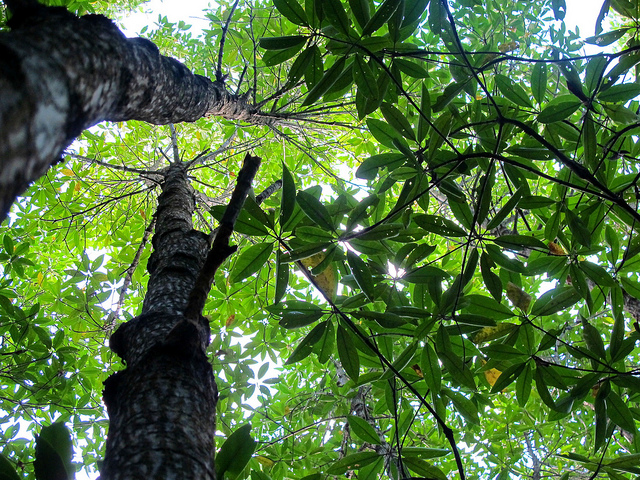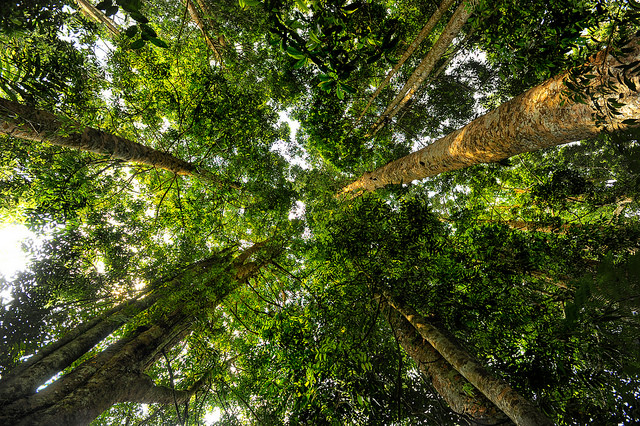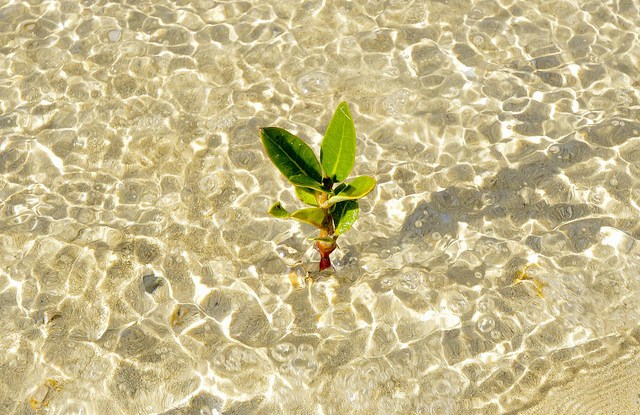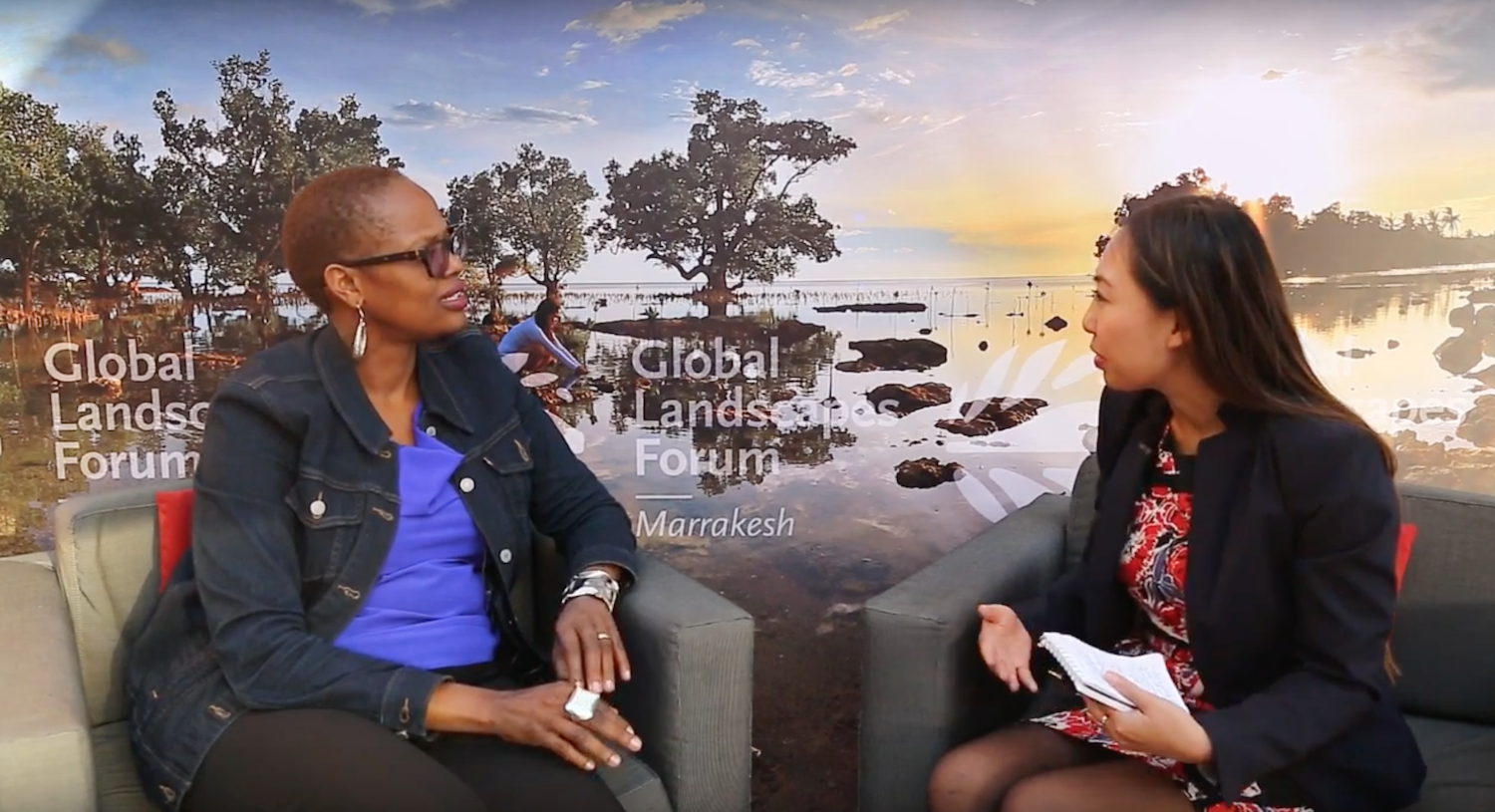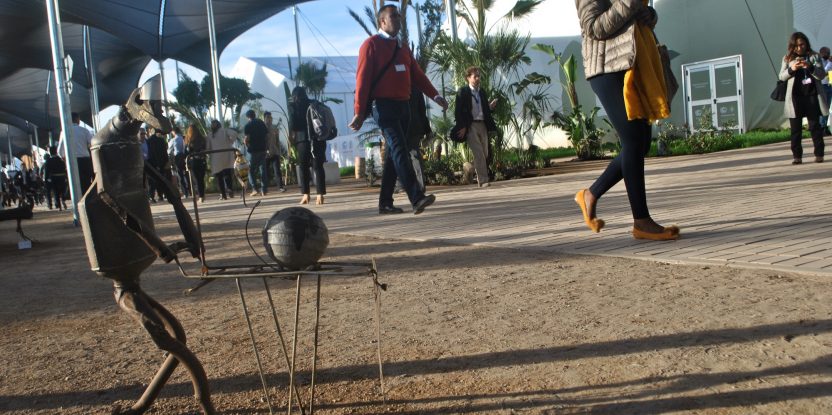
Global climate negotiations concluded last week with renewed commitment to action on limiting global temperature rise and preparing for the impacts of climate change.
From 7-19 November, the United Nations Climate Change Conference in Marrakesh, Morocco, hosted the 22nd Conference of the Parties to the UN Framework Convention on Climate Change (COP22), as well as the twelfth session of the of the Conference of the Parties serving as the meeting of the Parties to the Kyoto Protocol (CMP12) and the first session of the Conference of the Parties serving as the meeting of the Parties to the Paris Agreement (CMA1).
The Paris Agreement entered into force just days before the event, on 4 November, with 112 of the 197 Parties to the Convention now having ratified the accord.
As anticipated, land use and forestry had a key role to play in negotiations on the new climate and development agenda. Research in these areas will continue to be vital to support sound decision-making and action toward a sustainable, low-carbon future.
Here are five ways research on forests and landscapes contributed to last week’s climate discussions in Marrakesh:
1. Enhancing transparency
Success for the Paris Agreement in practice depends on transparent measuring, reporting and verification (MRV) of progress on meeting its goals. Article 13 of the agreement establishes an ‘enhanced transparency framework’ for states to report progress relevant to their Nationally Determined Contributions (NDCs).
However, this raises questions about the capacity of state and non-state actors in accurate carbon accounting, and about how to monitor, measure, report and verify non-carbon aspects, including human rights and other social and environmental dimensions.
In an official COP22 side event, the Center for International Forestry Research (CIFOR) together with Wageningen University & Research and partners, asked the question, ‘What is essential for transparency under the Paris Agreement?’
Research conducted under the Global Comparative Study on REDD+ (GCS REDD+) was presented to support the development of more transparent approaches to MRV, including a role for civil society and other actors in independent monitoring, and ways to track and verify non-state actor and corporate pledges.
2. Reviewing REDD+ performance
In another side event, CIFOR, the University of Helsinki and the Leibniz Centre for Agricultural Landscape Research (ZALF) hosted a discussion on the issues of REDD+ performance.
Presenting further GCS REDD+ research, CIFOR scientists and colleagues shared findings on ‘Measuring and monitoring performance, and managing risks in REDD+’.
In discussion, subjectivities were revealed in the science of designing effective REDD+ policies and measuring their performance. CIFOR scientist Amy Duchelle highlighted the inherent tensions between carbon and non-carbon goals under REDD+, while senior scientist Grace Wong questioned risks to equity under REDD+ as a results-based payment approach.
3. Informing corporate pledges
Non-state actors, including international corporations, continued to make voluntary commitments to reduce their climate impact as part of the Non-state Actor Zone for Climate Action (NAZCA).
Asia Pulp & Paper (APP), one of only two corporations under NAZCA to directly own or manage land, is taking a community engagement approach to its commitment to an Integrated Farming and Forestry System (IFFS) program, launched at COP21.
At COP22, APP hosted a session on ‘Putting people at the center of development: Climate-friendly, forest-based livelihoods’. Scientist Amy Duchelle brought to the discussion her analysis of REDD+ social safeguards and subnational initiatives.
4. Highlighting blue carbon
Also at the Indonesia Pavilion, Principal Scientist Daniel Murdiyarso brought his research findings to the Indonesian Blue Carbon Dialogue, hosted by CIFOR together with the Indonesian Ministries for Environment and Forestry, and Marine Affairs and Fisheries.
The dialogue highlighted the often-overlooked role of blue carbon ecosystems, such as mangroves and seagrass meadows, in measures for climate change mitigation and adaptation.
Wetland ecosystems have enormous potential for carbon storage – up to 20 times greater than terrestrial forest ecosystems – and maritime countries like Indonesia are starting to pay attention. Several calls were made at COP22 for blue carbon to be integrated into more NDCs under the Paris Agreement.
As the discussion showed, there is already plenty of information available on blue carbon stocks – the challenge now is to put the research into action as policy.
5. Responding to gender
Research on the intersections of gender equality and climate change was brought forward by CIFOR scientists in a couple of sessions arranged together with the Global Gender and Climate Alliance, including UN Women, the International Union for Conservation of Nature (IUCN), the Overseas Development Institute (ODI) and the Women’s Environment and Development Organization (WEDO).
Discussions in these sessions centered on how climate policy can be more gender-sensitive, gender-responsive – or even become gender-transformative.
A ‘Skill-sharing session on monitoring of gender-responsive climate policy’ brought forth research on possible synergies or tradeoffs between gender equality and other objectives for climate policy, while a panel discussion with the same partners looked at ‘Gender equality in climate policy: Translating global commitments to national policy’.
CIFOR scientists Anne Larson and Markus Ihalainen shared findings on what gender-responsive climate policy looks like in practice and in action, while Houria Djoudi highlighted adaptation taking place at a local level, and the co-benefits and tradeoffs that occur.
We want you to share Forests News content, which is licensed under Creative Commons Attribution-NonCommercial-ShareAlike 4.0 International (CC BY-NC-SA 4.0). This means you are free to redistribute our material for non-commercial purposes. All we ask is that you give Forests News appropriate credit and link to the original Forests News content, indicate if changes were made, and distribute your contributions under the same Creative Commons license. You must notify Forests News if you repost, reprint or reuse our materials by contacting forestsnews@cifor-icraf.org.
